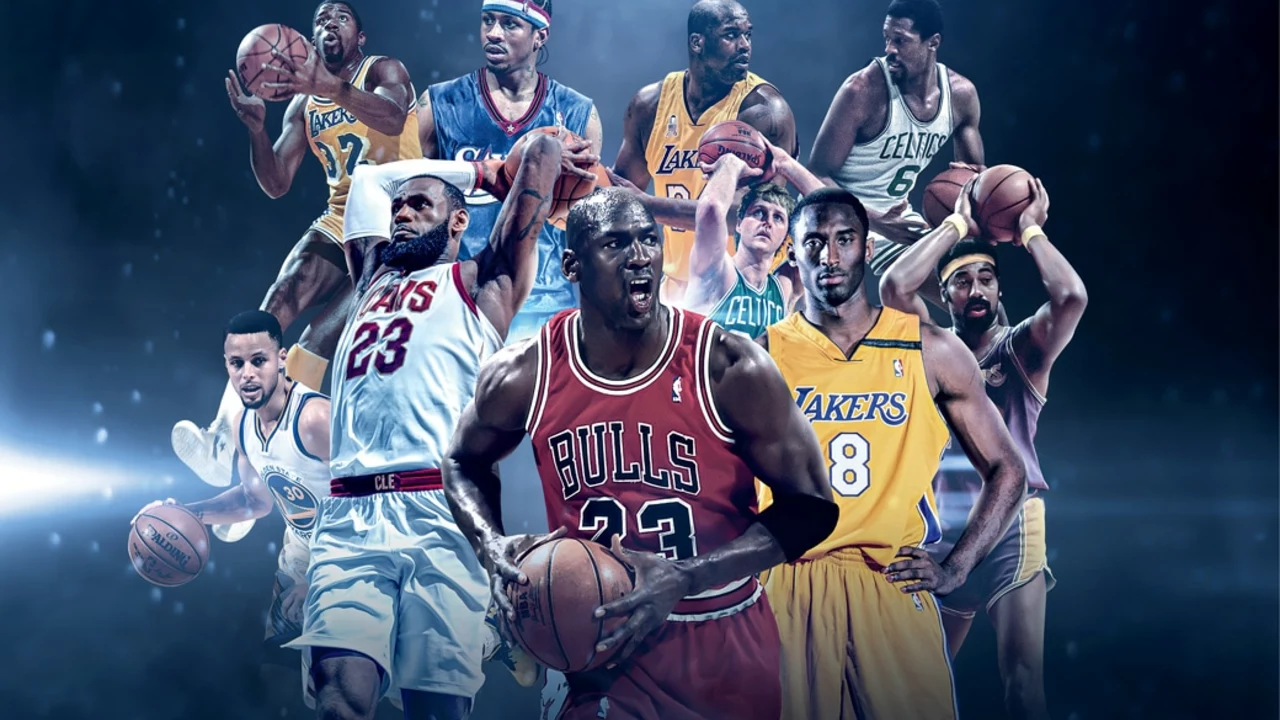Popularity in Sports – Trends, Viewership, and What Drives It
When talking about popularity, the level of public interest and engagement a sport, event, or athlete enjoys. Also known as public appeal, it drives everything from ticket sales to broadcast deals. Sports viewership, the number of people watching live or recorded games is a direct indicator of that appeal. In today’s digital age, streaming platforms, online services that deliver live and on‑demand sports content have become the primary gateway for fans, meaning popularity often requires seamless streaming access. At the same time, player compensation, the salaries and endorsement deals athletes receive can boost a sport’s buzz – big contracts and overseas paychecks create headlines that pull new eyes onto the game. In short, popularity encompasses viewership trends, relies on streaming tech, and is amplified by how much players earn.
That connection shows up clearly when you look at recent events. The 2025 Ryder Cup, for instance, saw a surge in global fans because a free‑streaming guide let anyone with a YouTube TV trial catch the action, proving that easy access can catapult a tournament’s popularity. By contrast, the Super Bowl is losing younger viewers; short attention spans, the rise of on‑demand streaming, and controversies around the league make the event less compelling for the digital‑native crowd. Even a sport’s labor side matters – the NFLPA’s weaker bargaining power compared with other major leagues means fewer guaranteed contracts, which can dampen fan enthusiasm when players feel insecure. These examples illustrate the semantic triple: popularity requires streaming platforms, player compensation influences popularity, and sports viewership reflects the health of a league’s union strength. Each factor nudges the overall public interest up or down.
Other stories reinforce the pattern. WNBA athletes head overseas in the off‑season because foreign clubs pay up to twelve times more than domestic contracts, a payoff that keeps the league in headlines and draws fans curious about their stars’ year‑round journeys. Meanwhile, NCAA athletes who quit their sport face scholarship loss and emotional strain, which can shift campus media coverage and affect the sport’s local popularity. All these pieces – streaming guides, salary gaps, union negotiations, and off‑season moves – weave together a picture of what makes a sport popular today. Below you’ll find a curated selection of articles that dig deeper into each of these angles, offering insight, tips, and real‑world examples that explain how popularity is built and sustained in the modern sports landscape.
What is the ultimate list of the top 5 sports in the world?
Alright, sports fans, buckle up because here comes the ultimate quintet of the most loved sports around the globe! First up, we have football, not the American one, but the one where you actually use your foot to kick the ball; it's loved by millions, probably billions! Then, there's cricket, catching hearts with its bats and balls, especially in regions like India and England. Next, we have basketball, a game where you can slam dunk your way into glory, hugely popular from LA to Beijing. Fourth on our list is tennis, a sport that's as classy as strawberries and cream at Wimbledon. And rounding up our top 5 is rugby, a sport that's a wild combination of strength, strategy, and the odd haka dance. So, there you have it folks, the ultimate list of top 5 sports in the world.
